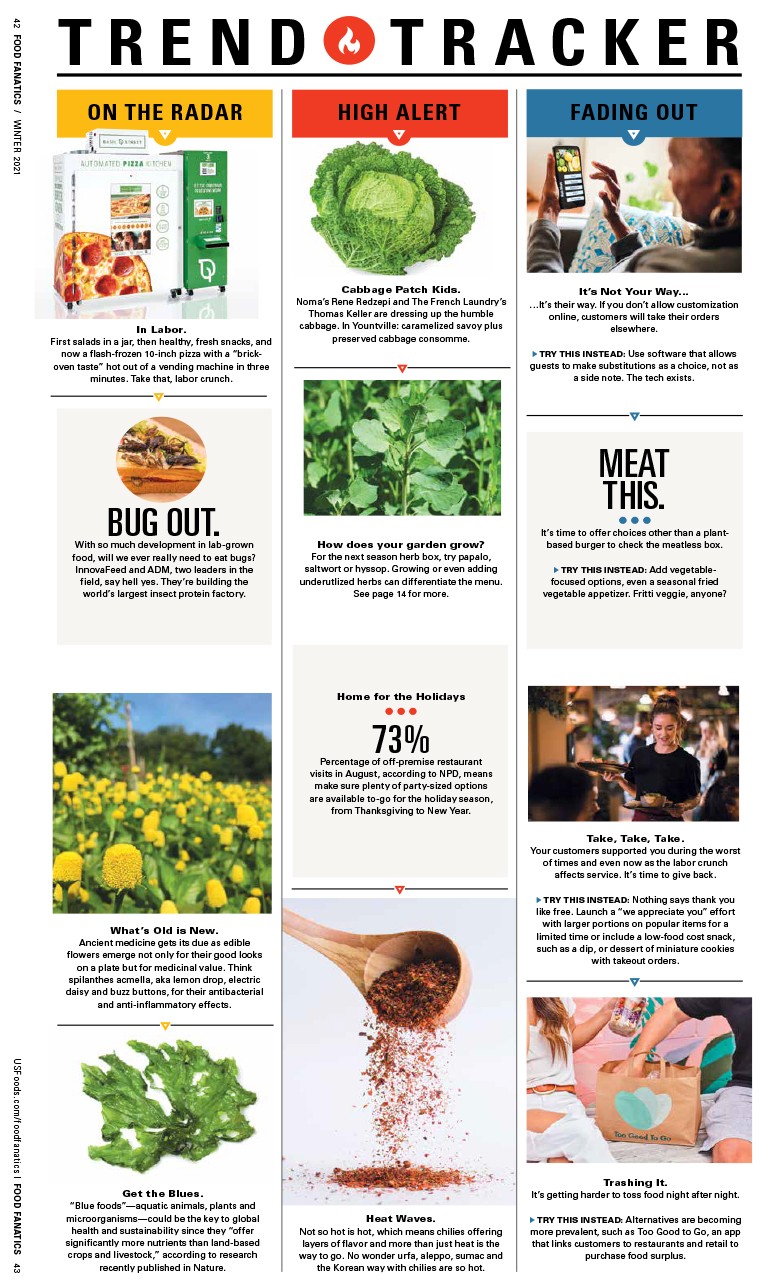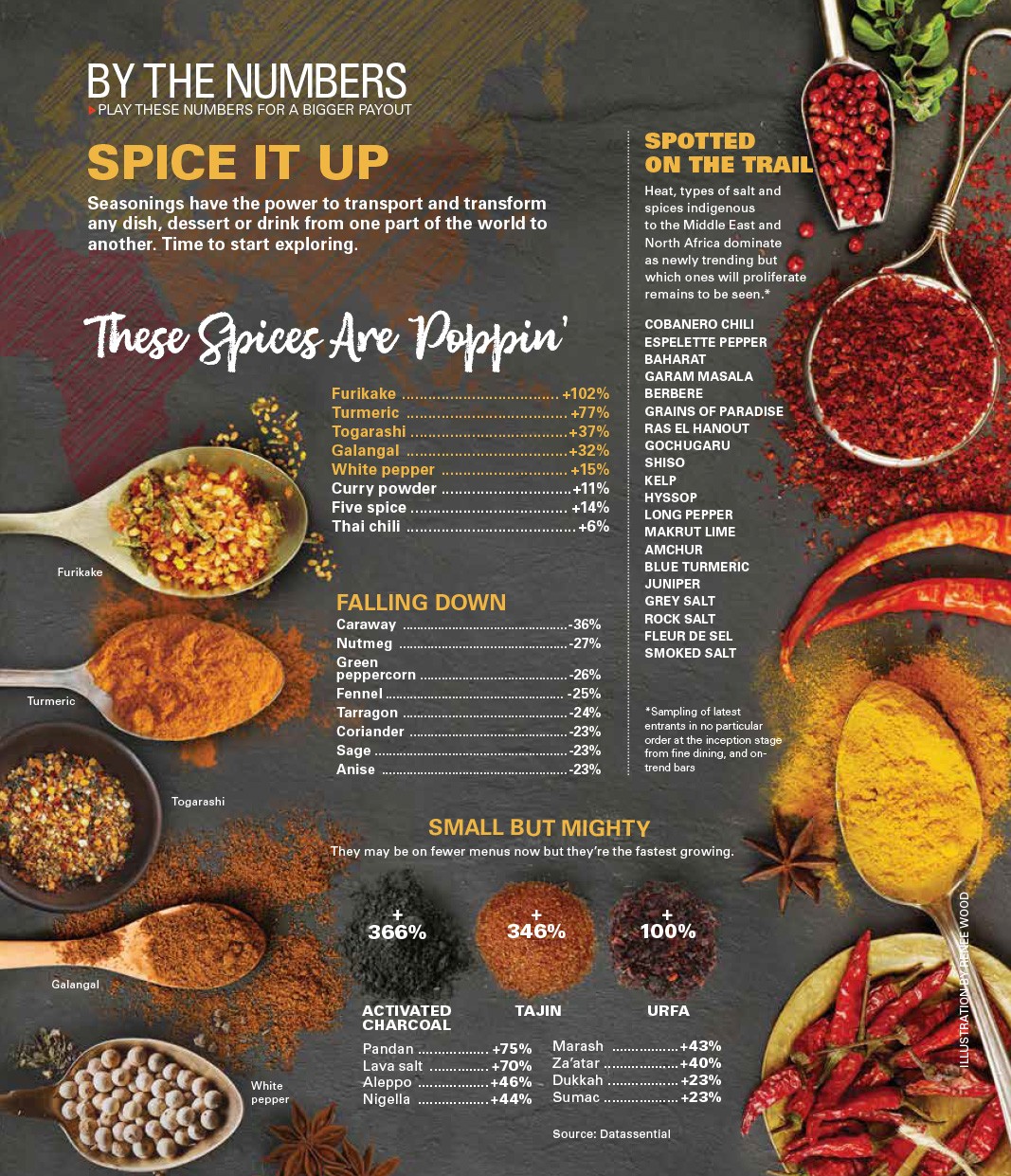Large Party Restaurants Are Cashing In
Master a group mentality to cash in on large parties
Small parties are perfectly acceptable, but in the dining room, size matters. Accommodating large groups, buyouts and special events like rehearsal dinners and corporate gatherings can equal big bucks.
What’s the sweet spot for drawing in group diners? Four factors: winning over the customer, nailing the price point, smooth execution and a space that fits the crowd.
Tapping In
While social media reaches the masses, old-fashioned methods still work best, operators say.
The human connection usually seals the deal, agrees Yuka Carman, who oversees private dining and events for Matchbox, Ted’s Bulletin and other concepts owned by Washington, D.C.-based Matchbox Food Group.
“It’s all about personal outreach, sales calls and talking to businesses in the area,” she says. “We do email blasts, Facebook outreach and in-house advertising,” says Sherry Joseph, director of national sales for Del Frisco’s Restaurant Group, which includes Del Frisco’s Double Eagle Steak House and Sullivan’s Steakhouse. “But cold calls are still the most effective method as long as you’ve sent a pre-emptive letter. It’s the tried-and-true stuff that works.”
The customer wants to feel assured, accommodated—even pampered—before and during the event. That’s what leads to referrals.
“A lot of this business comes from word of mouth,” says Allison Gallese, director of events for Osteria Via Stato in Chicago. “And you can’t pay for marketing like that.”
The Price of Success
Offer a tiered menu approach, restaurateurs say, with plenty of options and customization. Always enlist the chef, who can create menus with food and labor costs in mind. Vegetable-inspired appetizers will cost less than beef or seafood, while pasta works as a low-cost filler for chicken dishes instead of an entree.
That said, a customer planning a wedding rehearsal dinner or a buyout for a bar mitzvah does not want to feel frugal.
“I don’t like to turn anyone away,” says Aaron Rentfrew, general manager of Trio Grill in Falls Church, Virginia. “So I try to stay flexible with group dining arrangements and always have a sliding scale of menu options.”
DB Bistro Moderne in Miami takes a similar approach by offering options at a variety of price points. Lunch for group diners starts at $39, and dinner at $75. However, hosts have the option of paying $125 or more per person for higher-end elements, such as passed canapes and top-shelf liquor packages.
Minimizing Impact
Group dining can quickly put the kitchen in the weeds, and when food comes out late, everyone loses. “Most restaurants will seat as many people as they can, not accounting for whether the kitchen or the service staff can actually handle it,” says Sandeep Kothary, owner of Atlanta’s upscale contemporary Indian restaurant Tabla. “We limit the other number of guests and reservations at that time to compensate.”
It’s a delicate balance to strike. “It requires a lot of communication from the sales team to the operations team,” says Matchbox's Carman. “For me, it’s about finding the times during the week when our business is lighter.”
Chefs recommend options that can be prepped and held or batched out. A la minute options like steak on a Saturday night for a party of 25 that orders at 7 p.m. will wreak havoc on the line.
Monetizing the 4 p.m. to 6 p.m. slot on weekdays can be lucrative as long as the dinner prep during those hours is taken into consideration.
“It’s the end of the day when people want to get out of the office,” Carman says, “but it still allows them to get home to their families at a reasonable hour.”
It’s All About the Space
Beating competitors is often a space race. Larger spaces sell bigger parties. Six distinct rooms—accommodating a dozen to 150 people—make up the private dining options at DB Bistro Moderne. The restaurant also has a second kitchen. “We rely on private groups and banquets,” says Andrew Kutz, assistant general manager, “so there is an option for parties of every size.”
Tabla’s Kothary wishes he had such options available. “We regret not having a private dining room,” he says, “because we always get phone calls for private events.”
But Kothary can offer semi-private dining in his 70-seat restaurant by cordoning off sections of the restaurant, including the bar. Creatively dividing the room and promoting slower nights have increased private dining to 20 percent of sales, he says.
Whether it’s for a dozen people gathering for a birthday party or a high school reunion, group dining always has room to grow.
Nevin Martell is a Washington, D.C.-based freelance food and travel writer and author.
Think Large
Increasing the bottom line with group dining or large parties is not rocket science. Here's a cheat sheet:
◊ Create the role: Hire an event planner or designate a manager to handle group dining. Choose someone who has the interest and desire to tackle the challenge. Consider a quarterly commission as an incentive.
◊ Be a personal shopper: No one wants the hassle of picking up balloons or remembering table decorations. Offer these services, working in the price or adding a surcharge.
◊ Cater to kids: If the concept allows, host parties for 12 and under. Encourage parents to attend by making sure the bar is open and adults can order off the menu.
◊ Host nonprofits that attract high-income patrons: Special interest groups such as charities, alumni groups or civic organizations are always looking for event space. Use the event to show off the restaurant and gain new diners.
◊ Specialize in the category: Create a niche and be known for it, such as wedding packages and rehearsal dinners.
◊ Encourage referrals: Word of mouth is priceless. Ask for a quote that can be used in marketing materials or on the restaurant’s website. Entice clients—and their referrals—with comps for appetizers or dessert that they can redeem when they return for a regular meal.
◊ Offer deals: Price packages slightly lower (or include more offerings) during slower evenings or off-peak times.
Big TipHow do you price a buyout? Always have a minimum, one that calculates labor costs and food and drink sales on the night that’s being sold. Don’t forget to include a gratuity for staff and any additional charges, such as special linens and rental items. |



